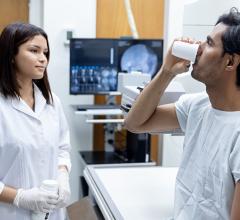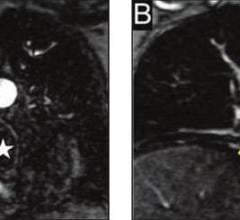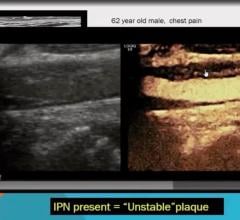February 17, 2010 — An agreement has been reached to further augment and diversify a manufacturer's supply of molybdenum 99 (Mo 99) to produce the medical isotope technetium 99m (Tc 99m).
Tc 99m is a vital medical isotope used in more than 80 percent of all nuclear medicine diagnostic and functional studies of organs and anatomical systems. The information from these studies is used by many medical specialists (including radiologists, nephrologists, oncologists and cardiologists) to better diagnose and treat patients. More than 35 million nuclear medicine procedures are performed worldwide each year, more than half in the United States.
Covidien and the Institute of Atomic Energy in Poland announced the agreement yesterday. Adding the IAE POLATOM’S Maria Research Reactor to Covidien’s global supply chain, it is expected to help Covidien meet the needs of more than 1 million additional patients in just the first six months after the reactor begins supplying Mo 99.
“This is an historic agreement. It is the first time in decades that a new reactor has been brought into the global supply chain for medical isotopes,” said Timothy R. Wright, president, pharmaceuticals, Covidien. “We are excited that we will now be working together to provide more than a million patients around the globe with access to a critical medical isotope during this serious shortage.”
The announcement comes two days before the High Flux Reactor (HFR) in Petten, the Netherlands, is scheduled to begin a six-month shutdown for scheduled repairs. The remaining operating reactors supplying Covidien are the BR2 reactor in Belgium, the Osiris reactor in France and the Safari reactor in South Africa. Canada’s National Research Universal (NRU) reactor has been shut down for repairs since May 2009. When operating, the HFR and NRU reactors have typically provided approximately 65 percent of the world’s supply of medical isotopes.
The Maria Research Reactor, located approximately 30 km southeast of Warsaw, first operated from 1975 until 1985 when it was taken off line for a complete redesign. It resumed normal operations in 1993. Maria is considered to be a relatively new reactor, compared with the other five aging reactors that supply most of the world’s medical isotopes.
The announcement is the culmination of more than six months’ collaboration between Covidien and IAE POLATOM. Processing of Mo 99 produced during a test irradiation at the Maria Research Reactor last week is currently underway at Covidien's Petten facility. Tc 99m derived from the Mo 99 produced in Poland should be commercially available to help meet European needs within 30 days. Approval from the U.S. Food and Drug Administration is pending for use in the United States and from Health Canada for use in Canada.
“We are pleased to be cooperating with Covidien to use the scientific advancements we have made here at the Institute of Atomic Energy and the Maria Research Reactor to meet the healthcare needs of patients throughout the world at such a critical time,” said professor Krzysztof Wieteska, director of IAE POLATOM.
“This agreement with the IAE POLATOM will help us meet our short- and long-term needs for molybdenum 99,” said Wright. “We look forward to a productive relationship for the benefit of patients around the world.”
For more information: www.covidien.com


 August 17, 2023
August 17, 2023 







